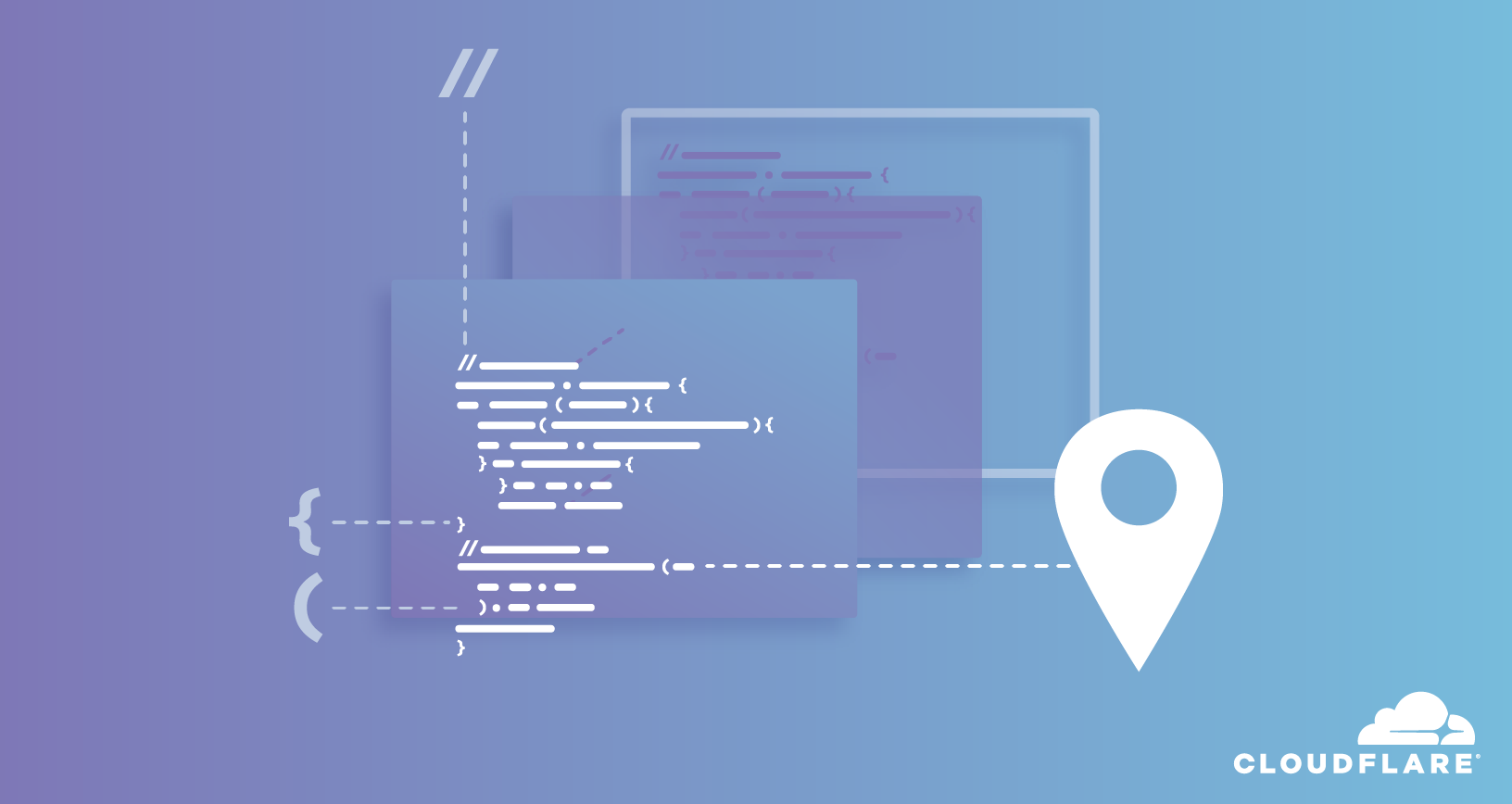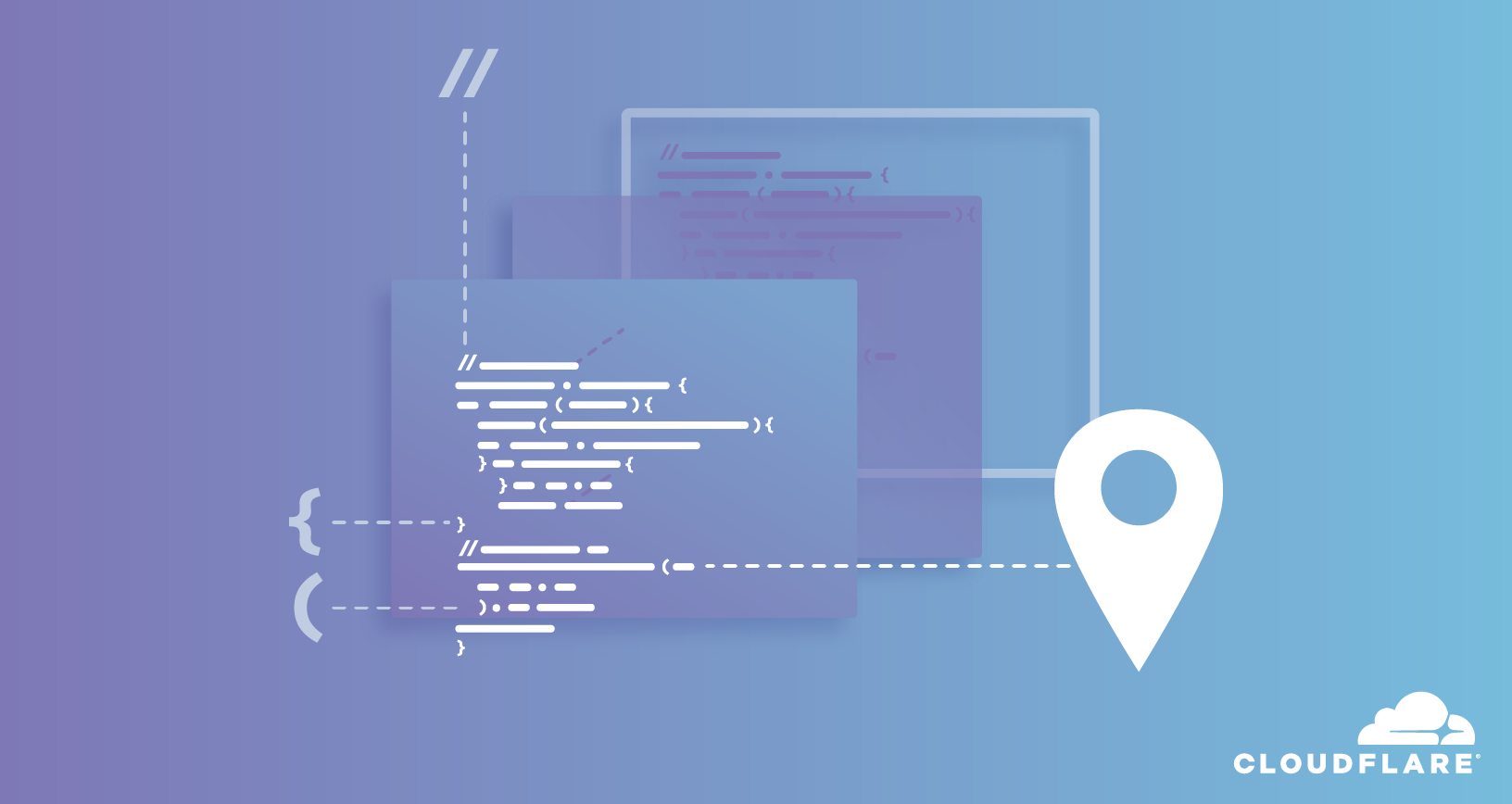Cloudworker – A local Cloudflare Worker Runner

This is a guest post by Hank Jacobs, who is the Lead Software Engineer for Platform Services & Tools at Dollar Shave Club. This post originally appeared on the DSC Engineering blog.

At Dollar Shave Club, we continuously look for ways to improve how we build and ship code. Improving the time it takes for engineers to ship code is key. Providing engineers with a development environment that closely mirrors production really helps.
Earlier this year, we began evaluating Cloudflare Workers as a replacement for our legacy edge routing and caching layers. Cloudflare Workers brings the power of Javascript to Cloudflare’s Edge. Developers can write and deploy Javacript that gets executed for every HTTP request that passes through Cloudflare. This capability excited us but a critical thing was missing — a way to run Worker code locally. We couldn’t find a suitable solution, so we started to build our own. Luckily, Workers uses the open Service Workers API so we had documentation to consult. Within a few weeks, Cloudworker was born.

Cloudworker
Cloudworker is a local Cloudflare Worker runtime. With it, you can run Cloudflare Worker scripts locally (or anywhere you can run a Docker image). Our primary goal with Continue reading
 The German carrier along with Nokia is now in a position to test use cases for industry and enhanced massive broadband.
The German carrier along with Nokia is now in a position to test use cases for industry and enhanced massive broadband. According to reports, the deal was cleared after Deutsche Telekom and SoftBank offered to stop using Huawei equipment.
According to reports, the deal was cleared after Deutsche Telekom and SoftBank offered to stop using Huawei equipment. The company closed 100 deals valued in excess of $1 million and added more than 100 new customers to both its OpenShift and Ansible platforms during the quarter.
The company closed 100 deals valued in excess of $1 million and added more than 100 new customers to both its OpenShift and Ansible platforms during the quarter.
 The managed firewall, integrated with CenturyLink’s Security Log Monitoring platform, gives companies better threat intelligence capabilities and visibility across their hybrid network environments.
The managed firewall, integrated with CenturyLink’s Security Log Monitoring platform, gives companies better threat intelligence capabilities and visibility across their hybrid network environments.